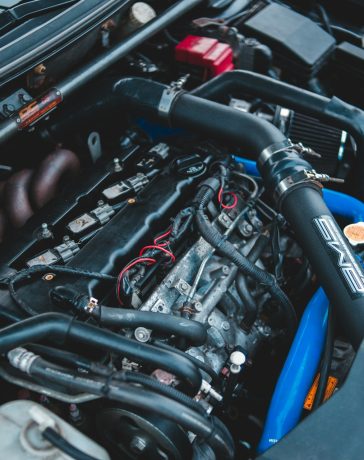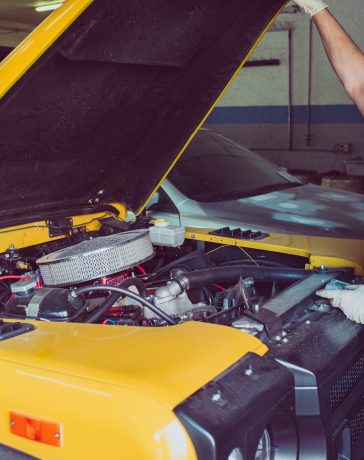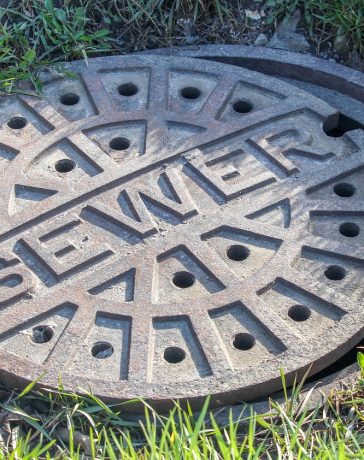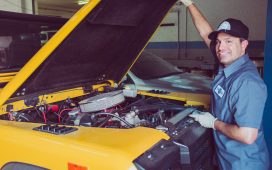Key Takeaways:
- Regular maintenance checks can prevent unexpected breakdowns during a road trip.
- Focus on key areas such as fluids, tires, brakes, and batteries to ensure vehicle reliability.
- Preparation helps ensure safety, improve fuel efficiency, and enhance comfort for all travelers.
Table of Contents:
- Introduction
- Checking Fluids: The Lifeblood of Your Vehicle
- Ensuring Tire Safety and Efficiency
- Braking System: Your Safety Net
- Battery Check: Power Up with Confidence
- Lights and Signals: Illuminate Your Way
- Inspecting Belts and Hoses
- Emergency Kit Essentials
- Final Preparations: Comfort and Safety
- Wrapping Up Your Car Prep
Introduction
Embarking on a long-distance road trip is an exhilarating experience, offering the freedom to explore new destinations at your own pace. However, the journey demands more than packing your bags and setting your GPS. Ensuring your vehicle is in optimal condition is paramount to a safe and enjoyable trip. By performing essential car maintenance tasks, you not only safeguard against unexpected breakdowns but also enhance the performance and longevity of your vehicle. This guide will walk you through crucial maintenance steps every driver should undertake before hitting the open road.
Checking Fluids: The Lifeblood of Your Vehicle
Fluids play a vital role in keeping your car’s mechanisms running smoothly. Before your journey, you must check and top up all necessary fluids. Begin with the engine oil—it is the lubricant for engine parts and keeps your vehicle running without a hitch. A quick dipstick test can show whether your oil level and color are adequate. Moreover, don’t overlook the transmission, steering, and brake fluid, as each is pivotal for operational efficiency. Coolant levels should also be inspected, especially if traveling through regions with extreme temperatures. Lastly, windshield washer fluid is essential for maintaining visibility over long distances, though minor in comparison. For more maintenance tips, you can browse our inventory for vehicles meeting these road trip standards.
Ensuring Tire Safety and Efficiency
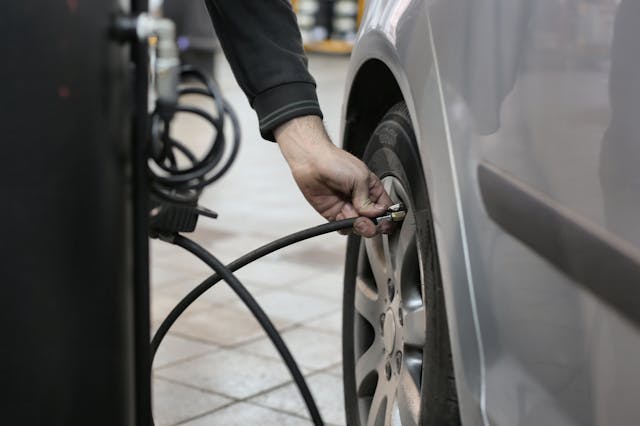
Your tires are your vehicle’s direct point of contact with the road, and their condition can significantly impact safety and fuel efficiency. Start by checking the tire pressure, as under-inflated tires can lead to increased fuel consumption and are more prone to blowouts. Refer to your owner’s manual or the tire placard on the driver’s door edge for the recommended tire pressure. Additionally, inspect the tread depth, ensuring it is within safe limits; inadequate tread can severely compromise traction, especially in wet or slick conditions. Rotating your tires before a long trip can promote even wear and extend their lifespan. Finally, don’t forget to check the spare tire and ensure your car has a functional jack and lug wrench.
Braking System: Your Safety Net
A fully functional braking system is crucial, particularly when driving long distances. Before embarking on your trip, examine the condition of your brake pads, rotors, and calipers. Listen for any unusual noises when braking, indicating wear or damage that needs addressing. Squeaking or grinding sounds signal that it is time to replace brake pads. Also, check the brake fluid level, an essential component of an efficient braking system. Regular inspections and timely replacements will ensure you can confidently tackle everything from sudden traffic stops to challenging mountainous descents.
Battery Check: Power Up with Confidence
Your car’s battery is akin to the heart of your vehicle’s electrical system, and ensuring it is in top condition is vital, especially before setting out on a long journey. Start by checking the battery terminals for any signs of corrosion or loose connections, which can hinder performance. Testing the battery’s charge level with a multimeter or having a professional perform a load test can also gauge its condition. If your battery is over three years old or shows signs of consistent problems, replacing it avoids any issues. Additionally, familiarize yourself with jump-start procedures and ensure your emergency kit includes jumper cables as a precaution.
Lights and Signals: Illuminate Your Way
Maintaining clear visibility and signaling capabilities is paramount for safety during long trips. Perform a thorough inspection of all lights and signals, including headlights, taillights, brake lights, and turn signals, replacing any burnt-out bulbs immediately. Aligning your headlights is also crucial to avoid blinding oncoming traffic and to maximize road visibility at night. Clean lenses free of dirt and smudges to ensure optimal light output, and consider keeping spare bulbs in the vehicle for quick replacement if necessary. This proactive step guarantees you’re visible to others and can adequately illuminate the route ahead.
Inspecting Belts and Hoses
Belts and hoses play a fundamental role in your vehicle’s operation. Rubber components are susceptible to wear and tear over time, leading to severe mechanical issues if not addressed timely. Before embarking on your trip, inspect belts for cracks, fraying, or glazing, and ensure proper tension is maintained to prevent slipping. Similarly, check hoses for any signs of wear, leaks, or excessive softness. Pay special attention to areas around clamps and connections, as these are common failure points. Prompt replacement of worn-out belts and hoses can prevent inconvenient breakdowns and ensure your journey remains smooth and efficient.
Emergency Kit Essentials
Being prepared for emergencies is a critical component of any road trip. Equip your vehicle with a comprehensive emergency kit that covers a range of potential mishaps. Include a flashlight with extra batteries, a first-aid kit, and reflective triangles to alert other drivers if your vehicle becomes stationary. Spare fuses, a multi-tool, and a tire repair kit can help address minor mechanical issues on the spot. A tow rope and duct tape can also prove invaluable in unforeseen situations. Additionally, consider packing a blanket, bottled water, and non-perishable snacks for comfort and emergency preparedness.
Final Preparations: Comfort and Safety

With technical preparations checked off, it’s time to focus on enhancing comfort and safety for all passengers during the trip. Clean your vehicle’s interior and exterior to create a welcoming environment. Ensure that your GPS and navigation systems are updated and functioning accurately, as this ensures you don’t get lost and can focus on enjoying the experience. Check that the AC and heating systems are fully operational, as they’ll help maintain a comfortable climate inside the car. Remember, a well-maintained vehicle is only half the equation—a well-organized and prepared driver completes the package. Adapt your driving route to include essential stops for relaxation and refreshment, contributing to a safer and more enjoyable journey.
Wrapping Up Your Car Prep
Your long-distance road trip should be an exciting adventure, free from the stresses of mechanical failure or the discomfort of an ill-prepared vehicle. By meticulously conducting essential car maintenance, you not only enhance the reliability and efficiency of your vehicle but also ensure the safety and well-being of all passengers. Remember, preparation is key—addressing potential issues before they arise allows you to enjoy the open road confidently and create lasting memories. So, perform these simple yet effective maintenance tasks and begin your journey knowing that you and your car are ready for whatever the road has in store.



















